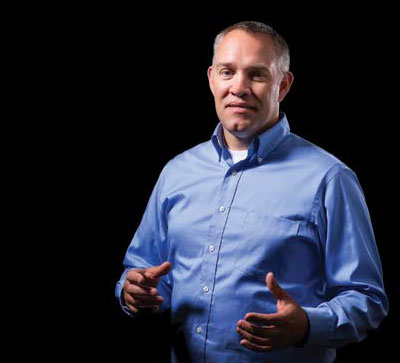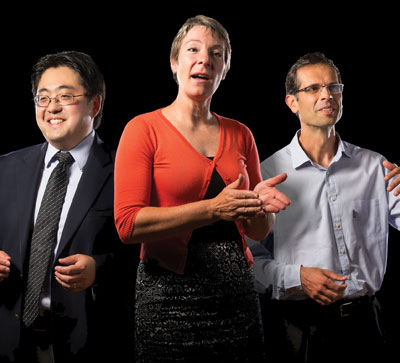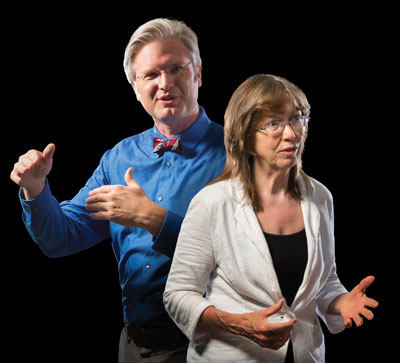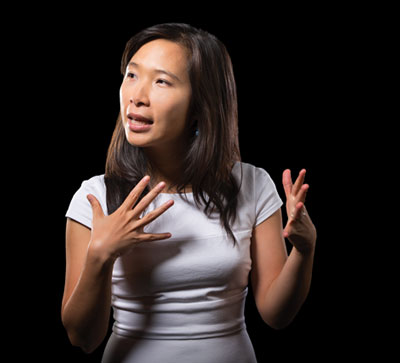Finding Structure in freewheeling text

It sounds straight out of a science fiction movie: a physician talking to a computer as if talking to another human colleague. No worries about citing the right medical code or struggling with arduous drop-down menus. Just talking naturally while the computer translates it into the right coding data and regulatory details. Such is the distant promise of natural language processing. In the meantime, data warehouse architect Reed Barney has developed a poor-man’s version of it literally overnight, and it’s proving to be a valuable way to capture critical information from volumes of difficult-to-use, unstructured data spanning our entire enterprise – from the billing office to the research lab to the hospital room.
Barney created the tool in a 24-hour turnaround to make it easier for clinical researchers to mine our data warehouse. It may never have been put to broader use if he hadn’t met Chief Medical Utilization Officer Russell Vinik, M.D., and data engineer John Arego. The two were working on a coding process when they heard about Barney’s search tool and were struck by its ability to automatically search unstructured, free text for meaningful, discrete data points. Barney’s unassuming tool, they realized, could be the answer to their medical coding challenges – and shortly thereafter, “WartHog” was born. “It’s not pretty, but it’s powerful,” says Barney of the name choice.
WartHog can instantly pull data from EHRs – medical orders, vitals, lab results and radiology reports – with a simple keyword search. “The processes for entering discrete data in the EHR are slow, and they come at the expense of provider productivity,” says Vinik. “With WartHog, providers aren’t required to point and click everything. It helps us tell a more accurate story about patient acuity and demonstrate just how good our care really is.”
The program has saved thousands of staff hours previously spent on manual searches of text notes, and it’s responsible for adding $5 million to our hospital’s bottom line in one year alone. However, this only scratches the surface of its clinical and research potential. WartHog is being used in dozens of projects throughout our academic medical center. The Pharmacotherapy Outcomes Research Center uses the tool to find text terms associated with chemotherapy drugs so they can make quick, accurate evaluations of each drug based on cost and patient satisfaction. A deep vein thrombosis research group used WartHog to find qualified study participants in 10 minutes, instead of manually searching medical records for days. Future applications include using the tool to identify in real-time type 1 diabetes patients throughout the hospital to help monitor their insulin.
Can WartHog ever shed its brusque exterior and transform into something more like an elegant thoroughbred? “It doesn’t use fancy natural language processing algorithms, but it works,” says Barney. It’s a solution for now, and it’s quietly taking medicine and science into the future.




